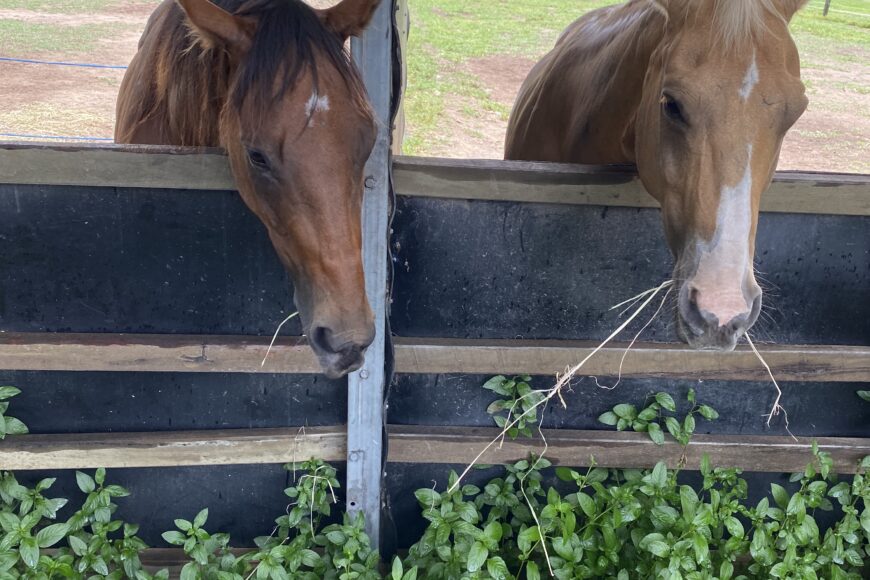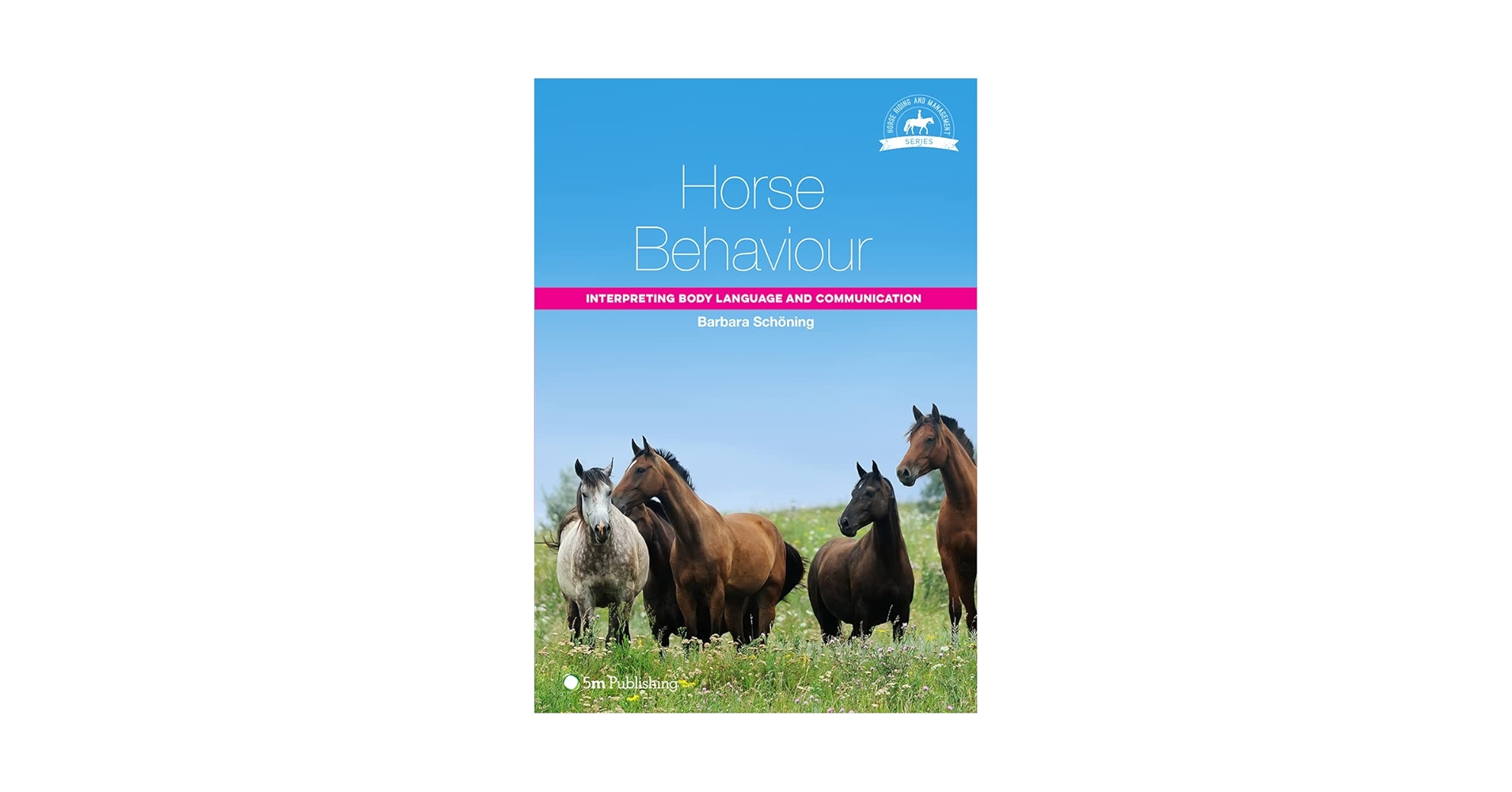The Power of Non-Verbal Communication with Horses

Non-verbal communication plays a crucial role in how humans and horses interact. Unlike verbal communication, which relies on spoken words, non-verbal cues include body language, facial expressions, posture, and even subtle movements. Horses, being highly perceptive and sensitive animals, respond deeply to these signals, making non-verbal communication a powerful tool in building trust and understanding.
Why Non-Verbal Communication Matters with Horses

- Horses are prey animals: Their survival depends on reading body language to detect threats.
- Limited verbal interaction: Horses do not understand human language but are experts at interpreting tone and body cues.
- Building trust: Consistent and calm non-verbal signals help horses feel safe and connected.
Key Elements of Non-Verbal Communication with Horses

| Element | Description | Example |
|---|---|---|
| Body Posture | The way you hold your body can signal confidence or fear. | Standing tall vs. slouching |
| Eye Contact | Direct eye contact can be perceived as a threat or a sign of attention. | Soft gaze vs. staring |
| Facial Expressions | Calm and relaxed faces help soothe horses. | Smiling gently vs. frowning |
| Hand Gestures | Slow, deliberate movements are less likely to startle. | Extending a hand slowly |
| Breathing | Your breathing rhythm can influence the horse’s calmness. | Deep, steady breaths vs. rapid |
Techniques to Enhance Non-Verbal Communication

- Mirror the horse’s movements: This builds rapport and shows empathy.
- Maintain a relaxed posture: Helps the horse feel at ease.
- Use consistent signals: Horses learn to associate specific gestures with actions.
- Practice mindful breathing: Your calmness can transfer to the horse.
Benefits of Mastering Non-Verbal Communication
- Improved safety for both horse and handler.
- Stronger emotional bond and mutual respect.
- Enhanced training effectiveness.
- Greater awareness of the horse’s needs and feelings.
Frequently Asked Questions (FAQ)
Q: Can horses understand human emotions through non-verbal cues?
A: Yes, horses are highly sensitive to human emotions and can pick up on subtle body language and facial expressions.
Q: How long does it take to develop effective non-verbal communication with a horse?
A: It varies, but consistent practice over weeks or months helps build a strong connection.
Q: Are there any common mistakes to avoid?
A: Yes, sudden movements, inconsistent signals, and tense body language can confuse or frighten horses.
By understanding and harnessing the power of non-verbal communication, you can create a harmonious and rewarding relationship with horses that goes beyond words.
